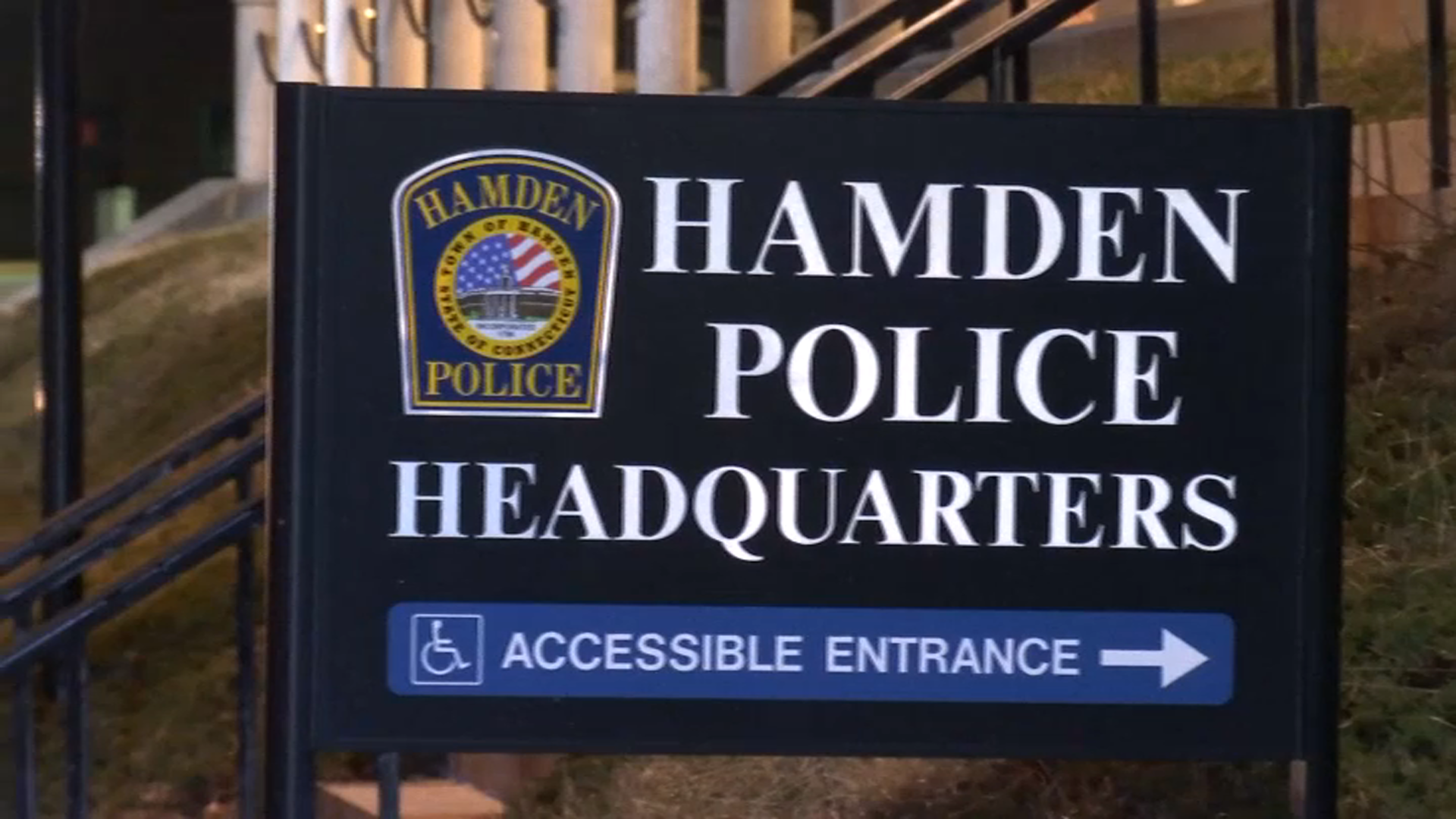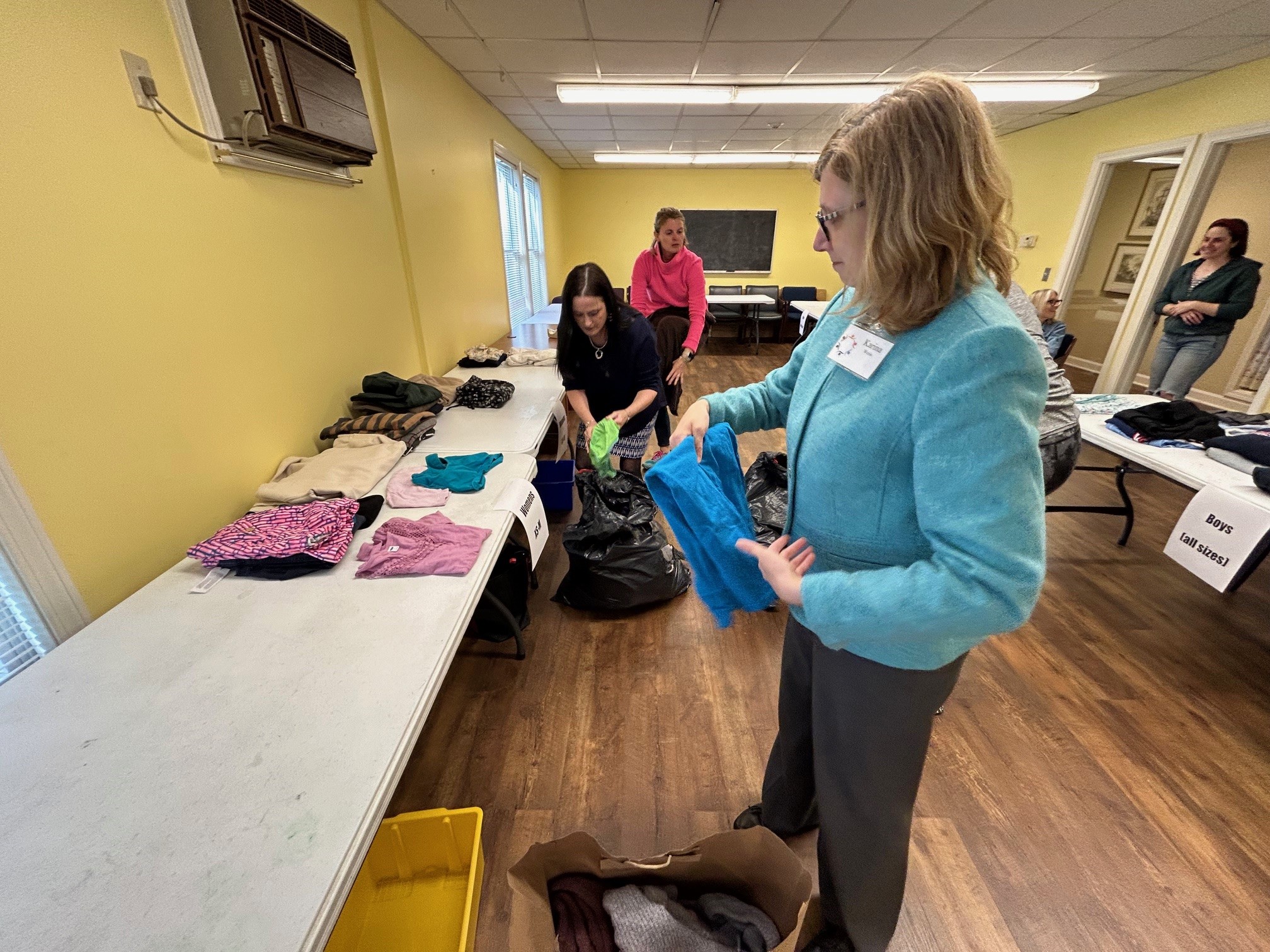The state is issuing new residential recycling guidelines to help clear up confusion about what can go in those blue bins.
When Connecticut switched to single stream recycling, also known as mixed recycling, residents received blue collection totes. But the state says the larger bins have some consumers tossing in items that don’t actually belong there.
“It doesn’t matter if it’s recyclable. Does it go in the container?” said Sherill Baldwin, an Environmental Analyst with the Department of Energy and Environmental Services (DEEP).
DEEP launched a public awareness campaign called “What’s In? What’s Out?” to help residents understand which items can and cannot go in their blue bins.
Baldwin says Connecticut’s recycling facilities are seeing higher levels of contamination than ever before. She estimates 14 to 19 percent of the materials those facilities receive contain contaminants.
If contamination levels within a load are too high, the entire load will get thrown out.
Plastic grocery bags are the biggest contaminant.
Local
Baldwin says the recycling facilities get plastic bags full of recyclables, which then become trash. They also get plastic bags full of garbage, that don’t contain any recyclables at all.
Jennifer Walker of Newington admitted she puts her plastic grocery bags in with the recycling.
“Because you can put them in the bin at the store, so I just figured you could put them in the bin at your own house as well,” Walker said.
While plastic grocery bags can be recycled, Baldwin says the process is different. Our local recycling facilities are not equipped to process them.
When a plastic bag gets into the recycling stream, it can get caught in the machinery, bringing the entire operation to a standstill.
Plastic bags should be returned to the grocery store. Other plastic items accepted there include plastic packaging from paper towels, toilet paper and diapers, air pillows, produce bags and food storage bags.
Baldwin says the numbers on the bottom of plastic containers are another source of confusion for consumers. Those numbers were created by the plastic industry for internal use.
Instead of concentrating on the number, Baldwin says you should consider the type of container. Most plastic and paper food containers are acceptable as long as they are clean and dry.
Anything Styrofoam is out as is foil lids and containers, and paper cups.
Plastic and glass bottles are in. Bottle caps are in as long as they’re attached to the bottle. Loose caps are out, something Baldwin says she didn’t know until meeting with the recycling facilities.
“We may have been doing it differently before. Now we’re just trying to do our best,” she said.
DEEP met with all five Materials and Recovery facilities in the state to create a universal list of acceptable items. The guidelines are voluntary.

If you aren’t sure whether to put an item in your recycling bin, Baldwin says don’t throw it in and hope it’s okay. Instead, check the Recycle Wizard online for guidance.



